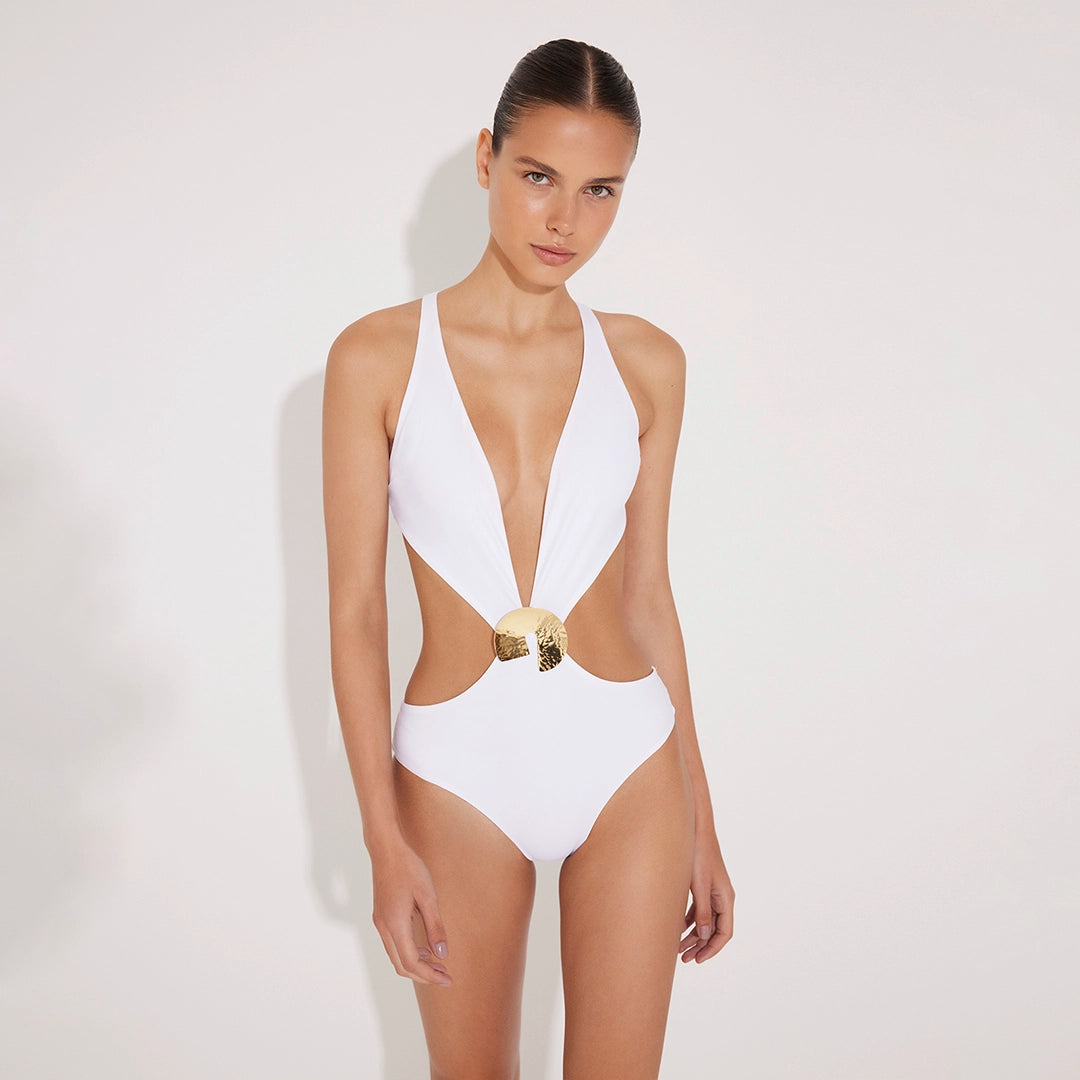One of the undeniable truths about fashion is its perpetual forward motion. The present moment is actually not the real present but rather an idea of what six months from now might look like. The thing that has traditionally cemented this continuous cycle of innovation is the tenure of key figures, including creative directors from Europe's heritage brands, who often remain in their positions for extended periods. However, since 2023, the industry has been experiencing a major shift; over ten brands including Valentino with Alessandro Michele, Alexander McQueen with Seán McGirr, Chloé with Chemena Kamali, Gucci with Sabato de Sarno, Louis Vuitton menswear with Pharrell Williams, Tom Ford with Peter Hawkings, and Moschino with Adrian Appiolaza, are continuing their journey with new creative directors. A year has passed, yet the successors for Bruno Sialelli at Lanvin and Matthew M. Williams at Givenchy have not yet been announced. Perhaps the most surprising news of the year has been Dries Van Noten announcing his departure from the brand he founded in 1986, with his successor to be decided within the year. For nearly 40 years, this man, who has quietly harbored romantic notions about clothing, received heartfelt praises from the industry for helping craft the wardrobes of proud, independent women. If the writing on the wall is to be believed, we are entering a period of change in fashion.
The creative director positions at big brands can sometimes seem like a game of musical chairs, with titles being swapped as if they were nothing more than placeholders. This was certainly the case for Michele, who enjoyed a two-year hiatus filled with speculation before his next role was announced. However, many of the creative directors chosen in this latest round of appointments come from behind the scenes (Michele, of course, being an exception).
Looking back at the past century, we can describe these fashion changes as moments when a designer's or a group of designers' visions perfectly aligned with the societal and temporal anxieties of their era. Whether it was the youth rebelling against the status quo in the 1960s with Mary Quant's mini skirts and sexy trousers, or women entering the workforce in the 1980s and opting for Claude Montana's powerful suits, these are prime examples.
The last major shift in the fashion industry occurred a decade ago, with Michele unveiling his first Gucci collection for the Fall/Winter 2015-16 season and Demna making his debut at Balenciaga the following year. Both designers were relatively unknown at the time. Michele had been at Gucci for 13 years, heading the accessories department when he was suddenly asked to prepare a men's collection in five days after Frida Giannini's earlier-than-planned departure. His collection, featuring silk bow-tie blouses and fur-lined slippers showcased by long-haired, androgynous men, sparked the genderless fashion trend that became one of the defining characteristics of the 2010s. Demna, known then as Demna Gvasalia, led the design collective behind Vetements, rethinking everyday garments and dramatic silhouettes in ways that shook the industry. With Kering's endorsement, Vetements had only launched three collections when it legitimized and amplified the designer's anarchic perspective. Demna introduced new terms like pantaboots and ushered in an era of ironic logo wear in ready-to-wear and accessories. He also ingrained the idea that a jacket can never be too oversized or the shoulders too broad.
Looking back, this moment can be defined as the beginning of an "auteur era," when ideas from outsiders completely changed how people dressed, influencing not only mass retail but also the era's identity politics. Most importantly, they challenged societal expectations by erasing gender and class indicators in clothing, prompting a discussion on the role of garments in our lives.
However, this change is not always due to an unrecognized designer rising to a position of creative power. Recall Phoebe Philo's 2010 collection for Céline, which marked her departure from the bohemian femininity she created as Chloé's creative director in the early 2000s. This return to femininity, introduced by Kamali last month at the French fashion house, was warmly welcomed by Gen Y and older Gen Z, nostalgic for their adolescence. Michele's new vision at Valentino, whether it builds on his design philosophy at Gucci or draws inspiration from Valentino's world, is currently the subject of much speculation. Philo herself is a key player in this current shift, helping us escape the relentless demand for more with her new brand.
With the realization that the commercial infrastructure supporting the industry may not be as robust as thought and the growing urgency to address significant concepts like sustainability, the changes among creative directors give us hope for the future. The fashion industry wasn't the only one to highlight discussions on gender neutrality over the last decade, but it certainly played a pioneering role in attracting broad societal attention. Designers now have the opportunity to redefine not just how we dress (the fun part) but also how we can live better, more honest lives through initiatives in sustainability. This involves more than just using organic or recycled materials or being mindful of carbon footprints; it's also about ensuring that everyone involved in the process is not exploited and receives fair wages (the serious part). Where this new era of fashion will take us remains to be seen, but for now, let's ride the wave of this vibe shift.









